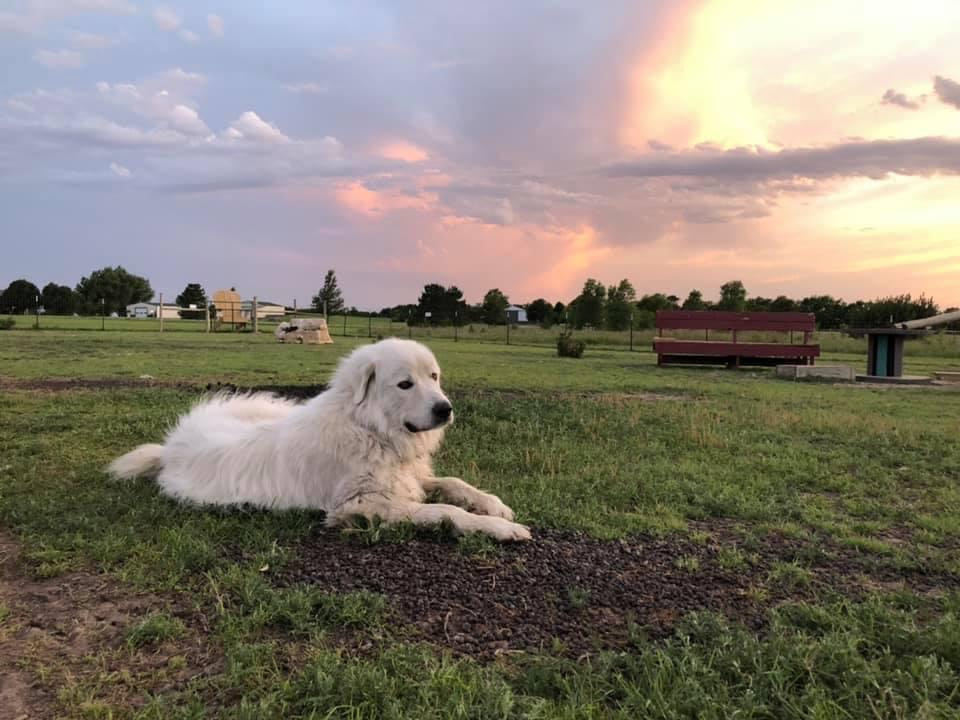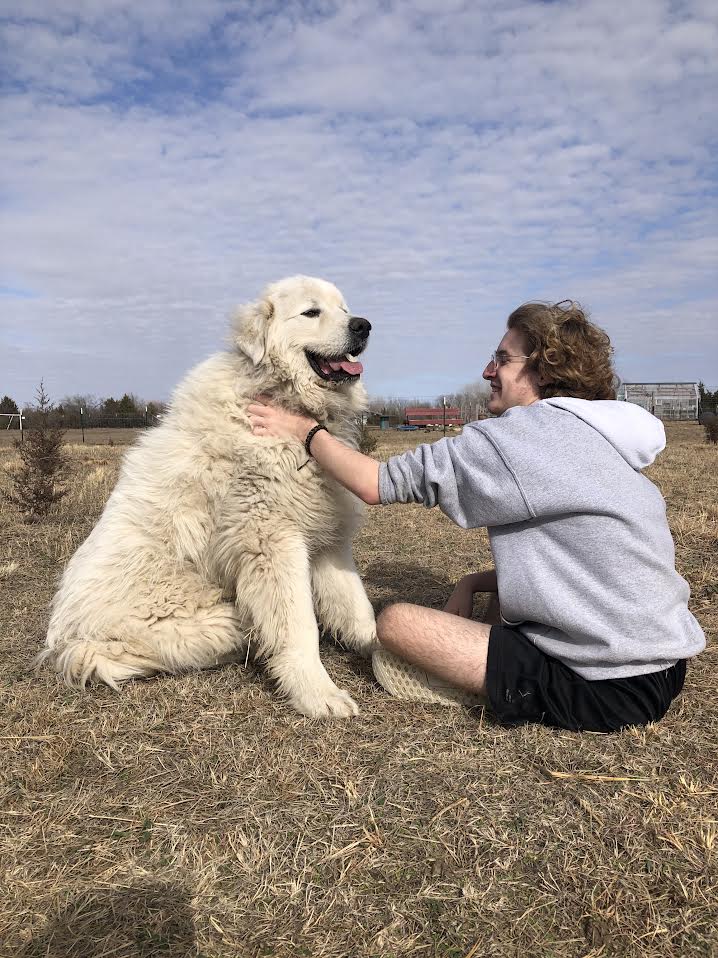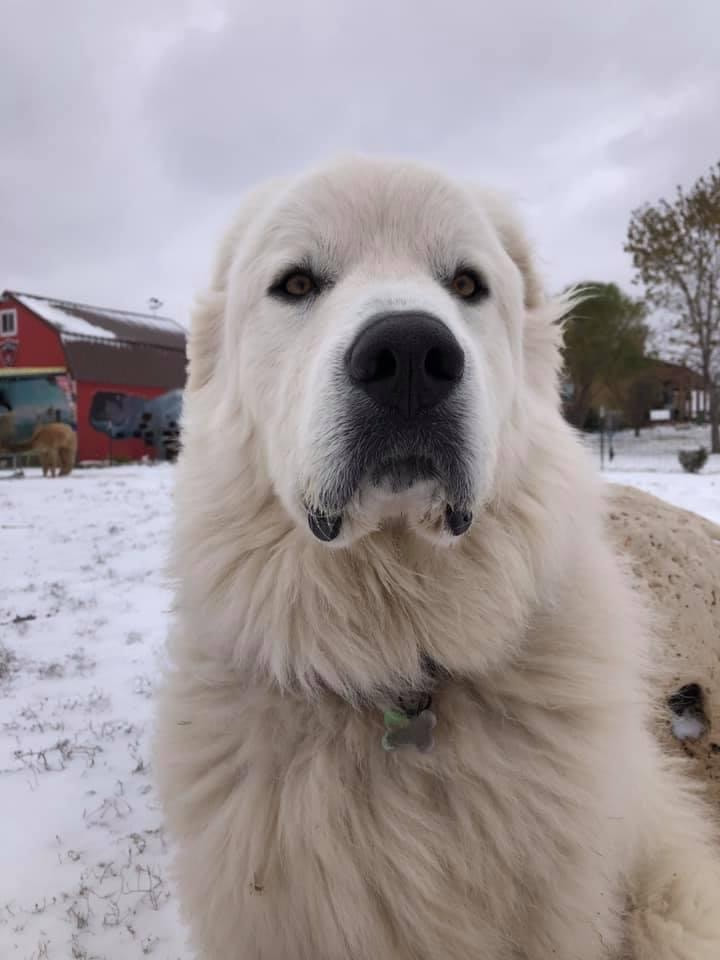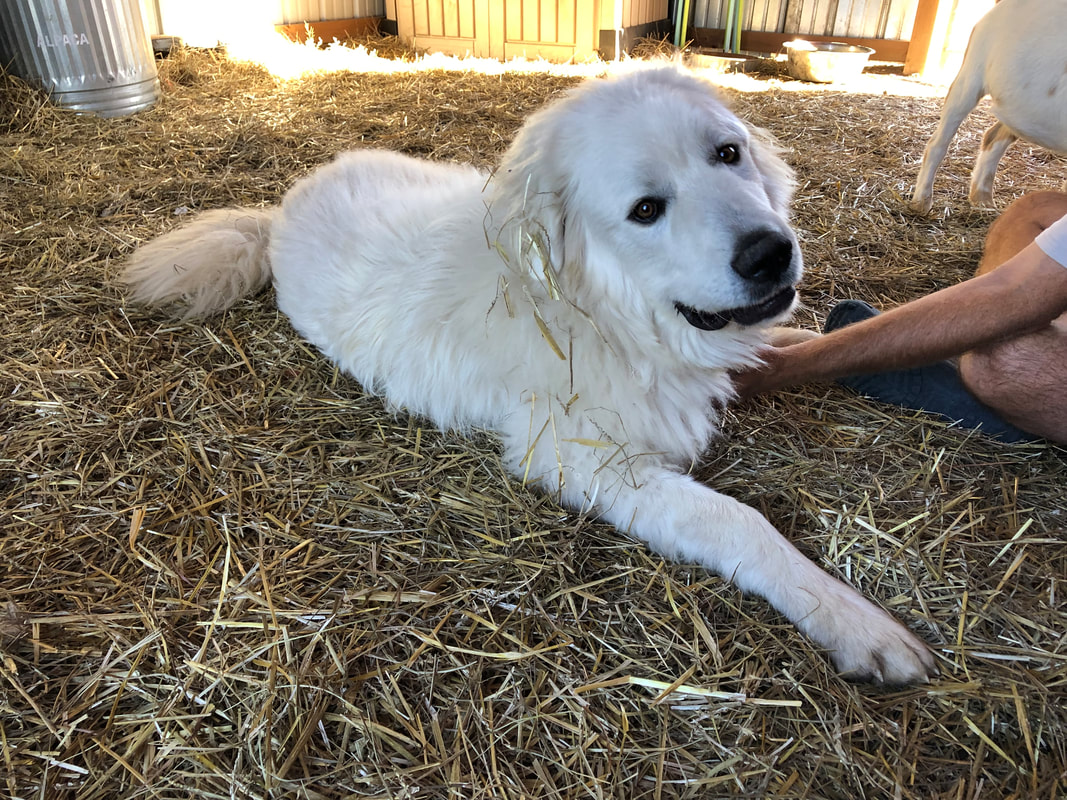GREAT PYRENEES
- One of the oldest dog breeds, they originated in Asia. Traveling nomads are thought to have brought them to the Pyrenees mountain range separating France and Spain. Fossilized remains of the breed found in the region have dated to 1000-1800 BC!
- Mountain shepherds used these dogs to protect their flocks from predators like wolves and bears. They became beloved to shepherds and their families for their ageless devotion. According to Great Pyrenees Club of America, “when not working the flocks, you would find Patou, as he is lovingly called, laying on the mat in the front doorway of the shepherds’ humble dwellings.”
- By the 14th century, Great Pyrenees became prized by nobility, who used them to guard their grand chateaux. In fact, the Dauphin in the court of Louis the XIV adopted the Great Pyrenees as a royal dog during his reign!
- Due to their keen intellect, exceptional sense of smell and eyesight, and massive size, these dogs were counted equal to two men, with a special ability to identify and distinguish predators or unwelcome intruders.
- In 1662, Basque fishermen brought GPs to Newfoundland as companions and guardians for their new settlement.
- The Marquis de Lafayette, a French military officer who fought in the American Revolutionary War with George Washington, brought the first GPs to America in 1824 as a gift for his friend J. S. Skinner, author of “The Dog and the Sportsman”.
- Great Britain’s Queen Victoria owned a Great Pyrenees, and in 1885, the first GPs were registered with the kennel club in London and shown at the Crystal Palace.
- During the 1870s, GPs were used with other large breeds to help prevent the St. Bernard from becoming extinct due to avalanches and distemper issues in Switzerland.
- These dogs are huge. As a giant breed, most GPs will need up to 24 months to reach their adult size. They can weigh anywhere tween 85 to 160 pounds, and stand 25-32 inches.
- Despite their imposing size and ability to defend against the most vicious foes, GPs are truly gentle giants. Their instinct is to care for and be kind to and patient with those in their protection. They are loving and nurturing with small, young, or sick animals.





